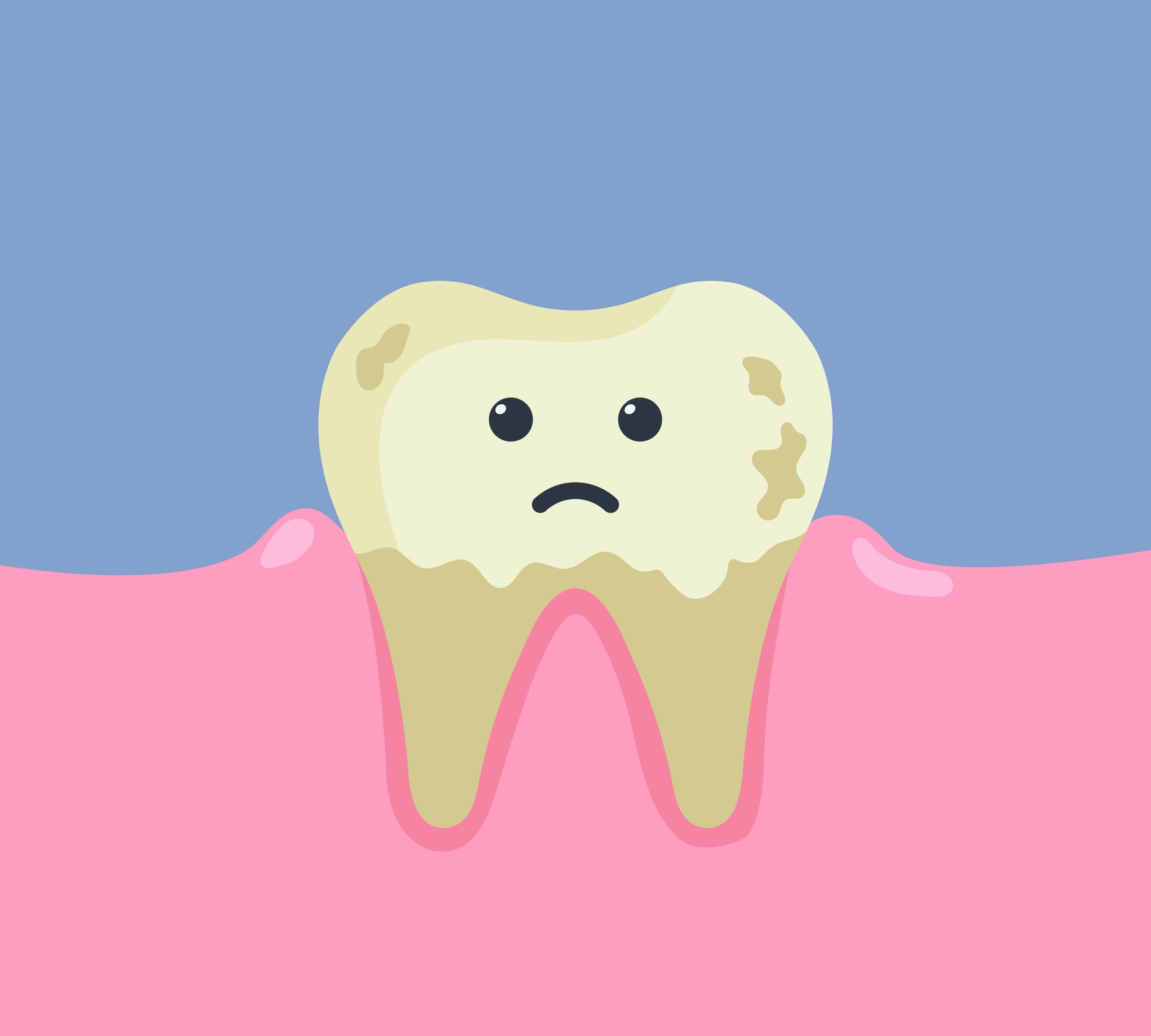Nobody wants to flash a stained smile. Even if your teeth are perfectly healthy, discoloration can leave you feeling a little self-conscious. And while the market is flooded with whitening products that promise instant results, the real solution starts with understanding what’s causing the problem in the first place.
Tooth discoloration isn’t just about your coffee habit. It can stem from lifestyle choices, medications, aging, or even genetics. In this post, we’re breaking down the top five causes of tooth discoloration and showing you exactly how to prevent each one.
1. Everyday Foods and Drinks
This one’s a no-brainer. Coffee, tea, red wine, and dark sodas are notorious for staining teeth. But even some healthy choices like blueberries, soy sauce, and balsamic vinegar can leave behind stubborn stains. These items contain chromogens—pigments that bind to enamel and cause yellowing or brownish tints over time.
What You Can Do:
- Drink staining beverages through a straw to limit contact with teeth.
- Rinse your mouth with water right after consuming dark foods or drinks.
- Avoid brushing immediately after acidic foods, as this can erode softened enamel. Wait at least 30 minutes.
Also worth noting—frequent snacking on acidic fruits can speed up enamel erosion, making your teeth even more vulnerable to stains.
2. Smoking and Tobacco Use
Tobacco is one of the most aggressive staining agents out there. Whether you’re smoking cigarettes or using smokeless tobacco, your teeth are exposed to tar and nicotine, which cause deep, difficult-to-remove stains. These aren’t just surface-level issues—tobacco stains tend to settle into the enamel and even the dentin beneath.
Beyond the cosmetic impact, tobacco use increases your risk for gum disease, tooth loss, and oral cancer, according to the CDC. So quitting isn’t just about aesthetics—it could save your life.
3. Poor Oral Hygiene
Skipping brushing and flossing can lead to plaque and tartar buildup, which makes it easier for stains to stick to your teeth. Even if you brush once a day, if you’re inconsistent with flossing or miss hard-to-reach areas, you’re leaving the door wide open for discoloration.
The American Dental Association recommends:
- Brushing twice a day for two full minutes with fluoride toothpaste.
- Flossing daily to remove food and plaque between teeth.
- Scheduling professional cleanings at least twice a year.
Consistent hygiene doesn’t just protect your teeth—it helps maintain their natural whiteness.
4. Certain Medications
Some medications can change the color of your teeth from the inside out. These are known as intrinsic stains, and they’re much harder to treat than surface-level (extrinsic) stains.
Common offenders include:
- Tetracycline and doxycycline: If taken during childhood while teeth are still developing, these antibiotics can cause deep gray or brown staining.
- Antihistamines, antipsychotics, and blood pressure medications: These can contribute to discoloration in adults over time.
- Cancer treatments: Chemotherapy and radiation, especially around the head or neck, can damage enamel and reduce saliva, making discoloration more likely.
If you’re on long-term medication, talk to your dentist about how it may be affecting your oral health.
5. Aging and Genetics
As you age, your enamel naturally wears down, revealing more of the yellowish dentin underneath. This is a gradual, inevitable process, but for some people, it happens more quickly due to genetics. Some people are simply born with thinner enamel or darker underlying dentin.
Aging also leads to reduced saliva production, which means there’s less natural cleansing happening in your mouth. That can increase the chances of stains sticking around.
How to Combat It:
- Use toothpaste designed to strengthen enamel.
- Stay hydrated to help maintain saliva flow.
- Consider professional whitening or cosmetic options like veneers if the discoloration is significant.
Whitening Isn’t Always the Best First Step
It’s tempting to jump straight into whitening treatments, but not all stains respond well. That’s why it’s crucial to understand what kind of discoloration you’re dealing with.
- Extrinsic stains: These are surface-level and usually respond well to whitening toothpaste, trays, or professional treatments.
- Intrinsic stains: These are embedded in the tooth and often require more advanced cosmetic dentistry—think bonding, veneers, or deep bleaching.
If you’ve had dental work like crowns or fillings, or if you have gum sensitivity, whitening kits may not be safe or effective. Always consult with a dentist before beginning any treatment.
At The Dental Salon, we customize every whitening plan to match your dental history, sensitivity levels, and lifestyle. No generic kits—just what works for you.
How to Get a Whiter Smile That Lasts
Tooth discoloration is one of the most common cosmetic concerns people bring to our office, and the good news is that it’s also one of the most treatable—with the right plan. Whether you’ve been dealing with yellowing for years or just started noticing stains, we’re here to help you feel good about your smile again.
Explore our tooth whitening services, learn more about cosmetic dentistry, schedule your next dental cleaning to remove surface stains, or contact us to schedule a personalized consultation. Let’s get that confident smile back.
FAQs About Tooth Discoloration
Q: Why are my teeth yellow even though I brush every day?
A: Daily brushing helps, but factors like genetics, diet, aging, and medications can all contribute to discoloration beyond the surface.
Q: Can I whiten my teeth naturally?
A: Some natural methods like oil pulling or baking soda might help with mild stains, but they won’t fix deeper discoloration and may damage enamel if overused.
Q: Are whitening strips safe?
A: Generally yes, but they can increase sensitivity and aren’t effective on all types of stains. Professional supervision is always best.
Q: What’s the difference between intrinsic and extrinsic stains?
A: Extrinsic stains are on the surface and easier to remove. Intrinsic stains are within the tooth structure and require cosmetic procedures.
Q: How often should I whiten my teeth?
A: Professional treatments usually last 6 months to 2 years. Over-whitening can damage enamel, so moderation is key.

